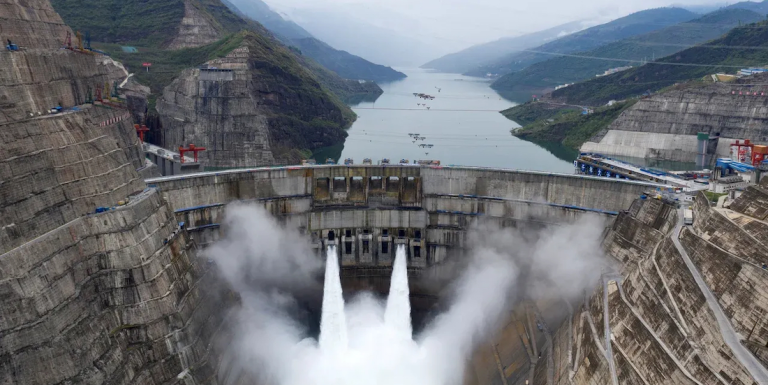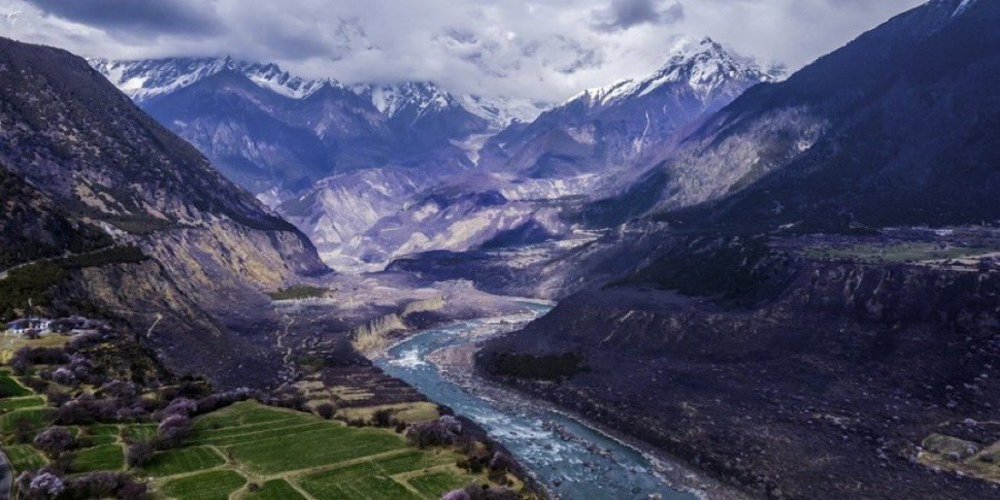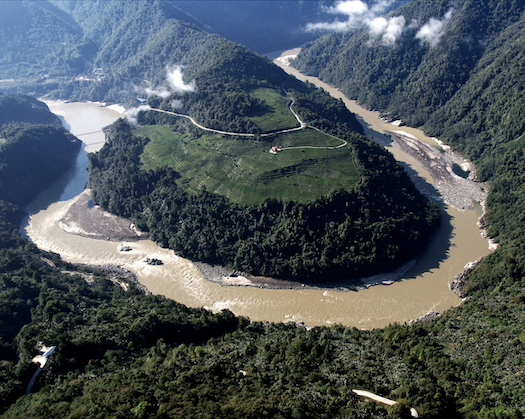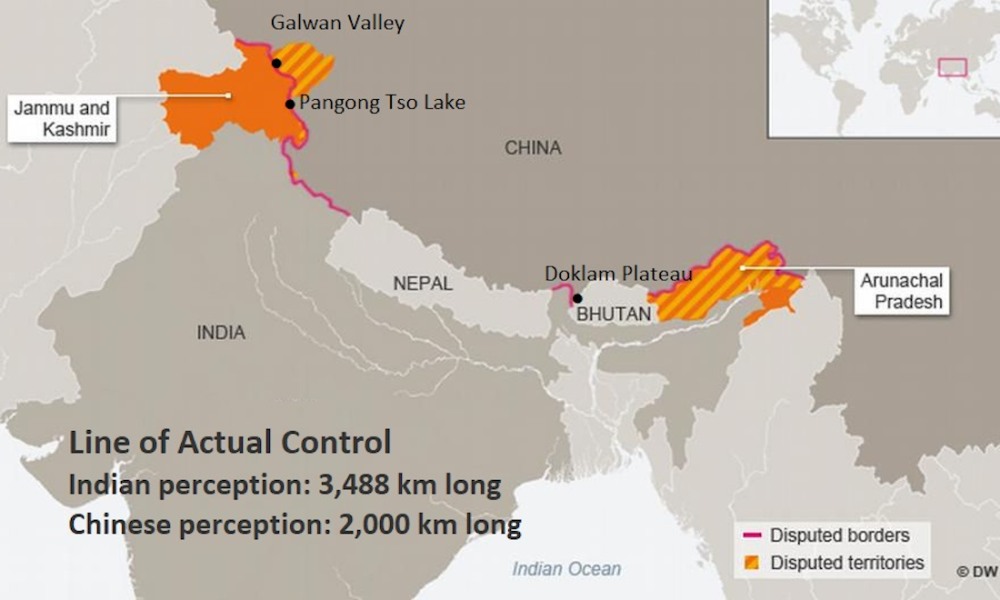
$168 Billion Mega-Dam Project Aims To Triple Regional Power, Raising Hope and Tension
New York, N.Y. – Construction has commenced on what Chinese authorities promote as the world’s largest hydropower dam, an unprecedented project situated in the Tibet Autonomous Region.
With Premier Li Qiang attending the ceremonial groundbreaking in Nyingchi City on July 19, 2025, this massive infrastructure undertaking is at the heart of China’s vision for renewable energy leadership, carbon neutrality, and regional integration.
The World’s Largest Hydropower Project: Scope and Ambition
Set amid the towering Himalayas on the Yarlung Tsangpo River, the 1.2 trillion Yuan (US$168 billion) project comprises five cascade hydropower stations, expected to generate 300 billion kilowatt-hours annually—a figure nearly triple that of the iconic Three Gorges Dam. When completed, this output will rival the annual electricity consumption of the United Kingdom.
Chinese authorities contend that this project is more than a feat of engineering; it’s a key driver for economic and social uplift in Tibet, supporting job creation and providing significant clean energy to the national grid. On the world stage, it cements China’s commitment to meet its 2060 carbon neutrality goals, positioning the country as a leader in sustainable infrastructure.

Environmental Impacts and Ecological Risks
Authorities in Beijing emphasize that environmental safeguards have been integrated and assert that the dam poses no major risks either to downstream water supplies or local ecosystems.
However, environmental organizations raise alarms regarding the irreversible transformation of one of the world’s richest biodiversity hotspots. The dam’s location within the Grand Canyon of the Yarlung Tsangpo—a designated national nature reserve—places rare species and ancient forests at risk of disruption and habitat loss.
Further, the Tibetan Plateau’s seismic instability intensifies apprehension about possible catastrophic dam failure or damage, as the region is near active tectonic boundaries which have witnessed major earthquakes within the last century.
Downstream Concerns: Geopolitics and Water Security

India and Bangladesh, both reliant on the river’s flow—where it becomes the Brahmaputra—have voiced profound unease about the project’s effect on regional hydrology.
Officials and analysts stress that the new series of dams could threaten the livelihoods of millions who depend on the river for agriculture, drinking water, and biodiversity.
Pema Khandu, Arunachal Pradesh’s chief minister, warns of the potential for water weaponization should relations sour, underscoring the shifting regional balance of power.
While China refutes any intent to use the dam for political leverage and insists that new technologies and river drop reduce reservoir and environmental risks, distrust remains high—especially given the project’s proximity to disputed borders.
Without multilateral cooperation and transparent data sharing, experts suggest these moves could heighten tensions over transboundary water security, further complicating relations among nuclear-armed neighbors.
Economic and Social Impact for Tibet and Beyond
Premier Li Qiang has described the project as a “project of the century,” highlighting promises for job creation, engineering development, and economic growth within Tibet. Supporters project ancillary benefits such as improved infrastructure, increased tourism potential, and a reliable power supply to Tibet’s residents, while funneling vast quantities of clean energy into the national grid.
Yet displacement risks for Tibetan communities, strict government oversight, and insufficient disclosure regarding affected populations have led to calls for greater transparency and inclusive social impact assessments from international rights organizations and indigenous leaders.

China’s Broader Renewable Ambitions
The Tibet hydropower mega-dam joins a suite of major renewable initiatives as China pushes to lead the world in the wind, solar, and hydro sectors. National policy dictates a sharp reduction in reliance on coal, with aims to peak carbon dioxide emissions by 2030 and achieve carbon neutrality by 2060. The government plans to have non-fossil energy account for more than 80% of its overall energy mix by mid-century.
Hydropower, specifically, forms a cornerstone of China’s march toward low-carbon growth, with the new dam designed to provide both base-load power and grid stability—an integral factor as more intermittent renewables come online.
Summary for Audio File (75 words)
China has begun construction of the world’s largest hydropower dam in Tibet, a $168 billion project expected to generate 300 billion kilowatt-hours annually—tripling Tibet’s hydropower capacity. Officials claim it will transform local economies and support China’s 2060 carbon neutrality goal. Critics, however, warn of enormous environmental and geopolitical risks, as regional river flows may be disrupted, affecting millions in India and Bangladesh. Environmentalists and rights groups urge greater transparency and cross-border cooperation.